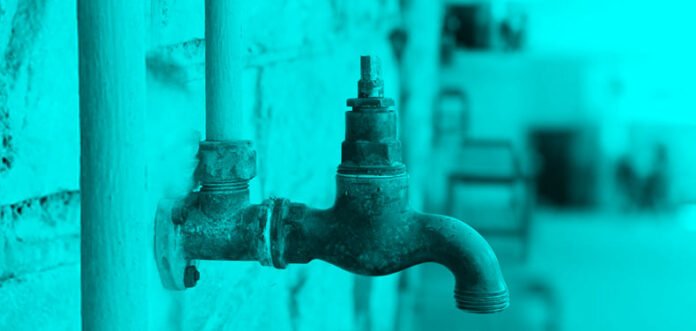In the bustling metropolis of Johannesburg, South Africa’s economic heartbeat, a sobering reality has gripped its residents—a water crisis of unprecedented magnitude. As the year 2024 unfolds, the city finds itself confronting a convergence of challenges that threaten the very foundation of its water security. From dwindling reservoirs to aging infrastructure and burgeoning demand, Johannesburg’s battle for water has reached a critical juncture.
Dwindling Reserves and Climate Uncertainties:
At the heart of Johannesburg’s water woes lies the depletion of its once-abundant reservoirs. The Vaal Dam, a lifeline for the city’s water supply, has plummeted to alarmingly low levels, hovering perilously close to the threshold of crisis. Prolonged droughts, exacerbated by the specter of climate change, have parched the region, leaving its reservoirs gasping for replenishment. As the climate grows increasingly unpredictable, with erratic rainfall patterns becoming the new norm, Johannesburg faces the daunting task of securing its water future amidst uncertain environmental conditions.
The Intersection of Load Shedding and Disruption of Water Infrastructure:
Load shedding, a necessary evil in the face of electricity shortages, wreaks havoc on Johannesburg’s water infrastructure. The city’s water treatment plants, reliant on electricity for pumping, purification, and distribution, falter in the absence of power. As the hum of generators fades into the background, water supply systems grind to a halt, exacerbating the strain on an already beleaguered network. The intermittent nature of load shedding further compounds the challenge, disrupting water supply schedules and exacerbating the unpredictability of an already precarious situation.
Aging Infrastructure and Leakage Woes:
Compounding the crisis is the city’s aging water infrastructure, a relic of bygone eras struggling to cope with the demands of a modern metropolis. Crumbling pipes, rampant leakages, and inefficient distribution systems hemorrhage precious water supplies, exacerbating the strain on dwindling reserves. Despite efforts to revitalize infrastructure, Johannesburg grapples with the daunting task of modernization amid budgetary constraints and bureaucratic hurdles.
Population Pressures and Urban Expansion:
As Johannesburg burgeons with rapid urbanization and population growth, the strain on its water resources intensifies. The city’s swelling populace, drawn by the promise of economic opportunity, places unprecedented demands on its already-stretched water infrastructure. From sprawling townships to gleaming skyscrapers, every facet of Johannesburg’s urban landscape thirsts for sustenance, further complicating the task of equitable water distribution.
Inequities Exposed:
Amidst the crisis, glaring inequities in access to water have come to the fore, laying bare the fault lines of social injustice. Affluent neighborhoods enjoy a semblance of normalcy, shielded from the brunt of water rationing and restrictions, while impoverished communities languish on the fringes, grappling with the indignity of water scarcity. The crisis serves as a stark reminder of the deep-seated inequalities that pervade South African society, amplifying the urgency of addressing systemic injustices.
Technological Innovations and Conservation Imperatives:
In the face of adversity, Johannesburg seeks solace in technological innovations and conservation imperatives. From desalination plants to water recycling initiatives, the city explores novel avenues to augment its water supply and minimize wastage. Conscious efforts to promote water-saving practices and cultivate a culture of conservation permeate households and businesses alike, underscoring the collective resolve to weather the crisis through innovation and adaptation.
A Call to Action:
As Johannesburg navigates the turbulent waters of uncertainty, the clarion call for action reverberates across the cityscape. From policymakers to citizens, stakeholders of every hue unite in a common cause—to safeguard Johannesburg’s water heritage for generations to come. Concerted investments in infrastructure, robust conservation measures, and inclusive policies are heralded as harbingers of hope in a landscape fraught with challenges.
The water crisis of 2024 stands as a watershed moment in the annals of Johannesburg’s history—a crucible of resilience and resolve in the face of adversity. As the city charts a course towards a water-secure future, the lessons gleaned from its trials and tribulations serve as beacons of wisdom for generations yet unborn. For in the crucible of crisis lies the crucible of opportunity—a chance to forge a more sustainable, equitable, and resilient Johannesburg for posterity.





